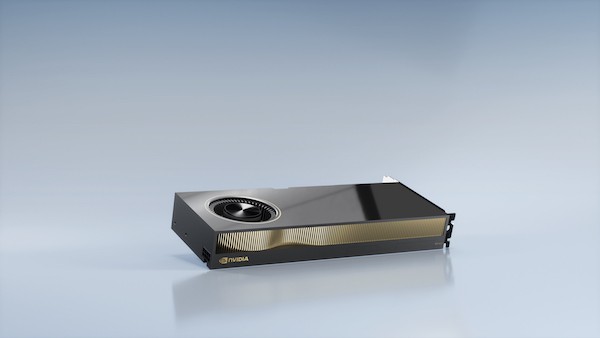Fiber optic communications is a field of engineering or a method that uses optical fibers to transmit information from one place to another by sending pulses of infrared or visible light through an optical fiber. fiber optics have become the predominant choice for Ethernet backbone infrastructure, high-speed internet services, and general data networking, which are important for fiber optic communication technology, thus fiber optic communication systems have transformed the telecommunication industry. So, now let us see more information about fiber optic communication along with User-friendly 5g tester, 5G test equipment, 5g network tester tools and User-friendly 4G Testing RF drive test software, Cellular LTE RF drive test tools & equipment in detail.
Fiber optics (a light form of the carrier wave that is modulated to carry information) have become increasingly common in small to midsize business networks – fiber optics are famous for VoIP phones, IP cameras, and video conferencing. Fiber optic and data transmission can support bandwidth-intensive devices with no issue due to its massive throughput capabilities, however, installation is still more expensive for fiber optic cables than installing traditional copper cabling.
Fiber optic communication is a technique of transmitting data using light, rather than electricity like standard wires and cabling, which are used in different areas with the largest being for telephones, the Internet, and television. Every fiber optic system is divided into a Transmitter, Fiber optic cable, and Receiver – the transmitter takes digital information and converts it into digital pulses that are then transmitted through a light source which is connected to the fiber optic cable to carry the signal in the form of light pulses to the receiver. The receiver has a light detector that amplifies them so that a digital or analog signal can received.
Key features of Fiber-Optic Communications –
- Provides students with an understanding of the physical principles by teaching them how to perform fiber-optic system design, performance evaluation, and troubleshooting.
- Students will get characteristics of passive and active fiber-optic components.
- Fiber-optic communications include modern advances in modulation and decoding strategies.
Advantages –
Fiber Speed: Fiber optic communication is much faster as fiber-optic cabling allows for data transmission speeds to easily run above 1 Gbps. A fiber optic cable can support bandwidth speeds over 10 gigabit speeds per strand compared to traditional copper cabling which can transfer data at about 50 Mbps.
Secure Communication: Fiber optic cabling is considered the most secure means of communication; however, such communication makes interception of the transmission signaling extremely difficult. But if we talk about the glass cable within the fiber optic cable will cause light leakage which in turn will cause low-quality communications.
Distance: Fiber cable is the ideal means for long-distance as it can send data tens of miles with very minimal signal loss. Traditional copper cabling restricts long-distance communication whereas fiber optic communication is far superior and less expensive for long-distance connectivity with the ability to achieve over 10 gigabytes of speed at over 40 km in length. Since fiber optic cables use light instead of electricity, interference is non-existent, and standard electrical communication can be compromised by electric fields.
Immunity to Electromagnetic Interference: Fiber optic cables are immune to electromagnetic interference (EMI), whereas copper cables are vulnerable to electromagnetic interference from nearby power lines, radio transmitters, or other electrical devices. Fiber optic cables ensure a stable, reliable connection, and are unaffected by external electromagnetic fields even in environments with high levels of electrical noise.
Conclusion
Fiber optic cables have revolutionized the telecommunications industry due to their attributes such as lighter weight, a smaller diameter, high-speed data transmission, long-distance capabilities, immunity to electromagnetic interference. As technology continues to evolve, the demand for faster and more reliable telecommunications infrastructure will only increase along with fiber optic cables which will shape the future of connectivity. Therefore, the importance of network monitoring and measurement will increase more to meet the stable network requirements all the time. So, here comes RantCell, which is a SaaS-based software used to measure QoE and QoS continuously at the subscribers’ end.





